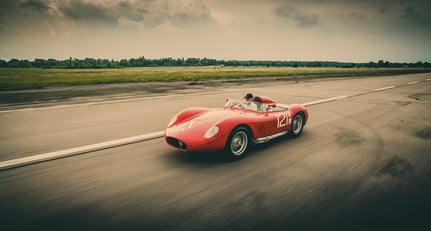"A Mondial makes a good driver look bad. A 250S makes a bad driver look cool"
The life of the Maserati 250S was nowhere near as glamorous as its stunning appearance might suggest. In the seemingly eternal battle with its Modena-based neighbour Ferrari, Maserati did everything it could to remain competitive. This meant building a variety of engines, from 4 to 6 to 12 (and even 16!) cylinders. During this time, the chassis and bodies were mostly entrusted to external companies, therefore, much like Ferrari, great pride was taken in its engine building. But the battle for the racing crown often resulted in financial difficulties, placing more responsibility with the privateer teams, whose investors funded the spectacle out of pure enthusiasm and, more often than not, boredom.
Maserati's answer to the Ferrari 500 Mondial
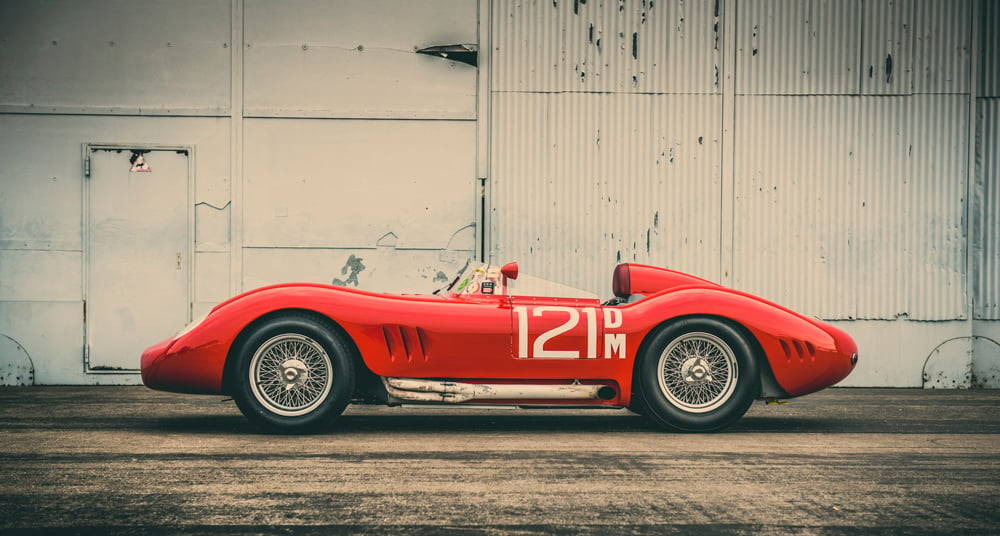
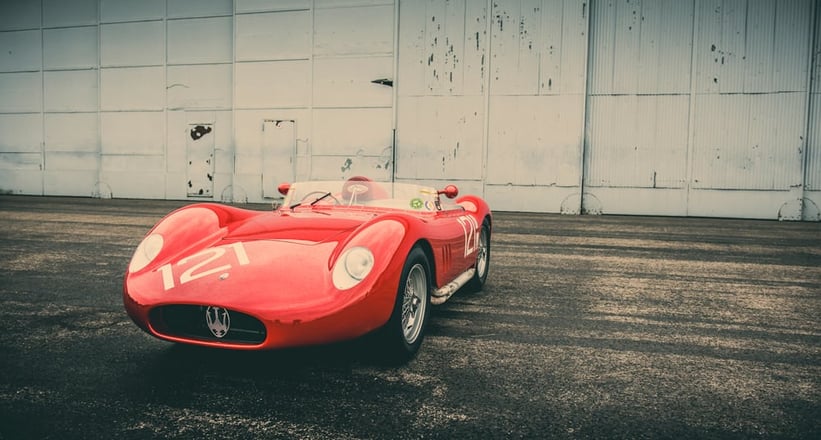
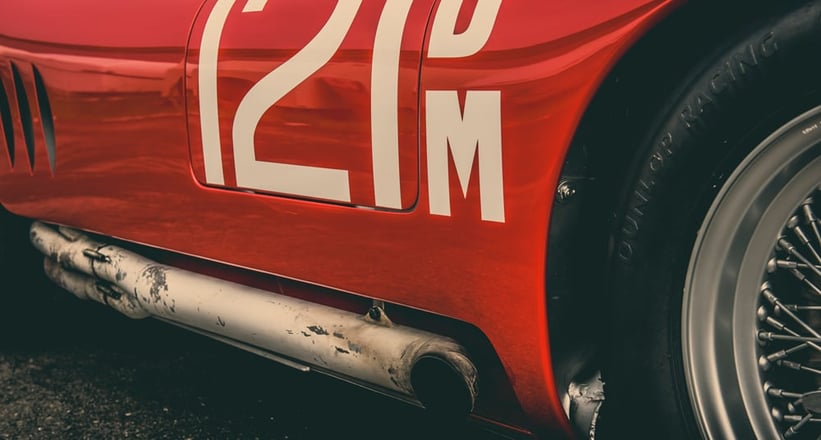
In the early Fifties, the rules had changed in the top flight of sports car racing. Ferrari’s success in 1952 and 1953, partly with its Lampredi-designed four-cylinder engine (a radical departure from the big Colombo V12), led to the development of a new car for 1954, named the 500 Mondial in recognition of Alberto Ascari’s recent back-to-back World Championship wins. The pretty roadster was light, its two-litre four-cylinder engine was powerful, and its suspension was advanced for the time.
Maserati’s answer was its own line of four-cylinder sports cars: the 150S, 200S and the ultimate incarnation, the 250S. The latter was created by boring and stroking out the 200S’s engine to 2498cc, equating in a palpable power and torque increase with no weight penalty. Hence the first 250Ss were merely 150/200Ss with modified engines. Only two ‘real’ 250Ss left the factory in the true specification, one of which you can see pictured.
Second chance: U.S.A.
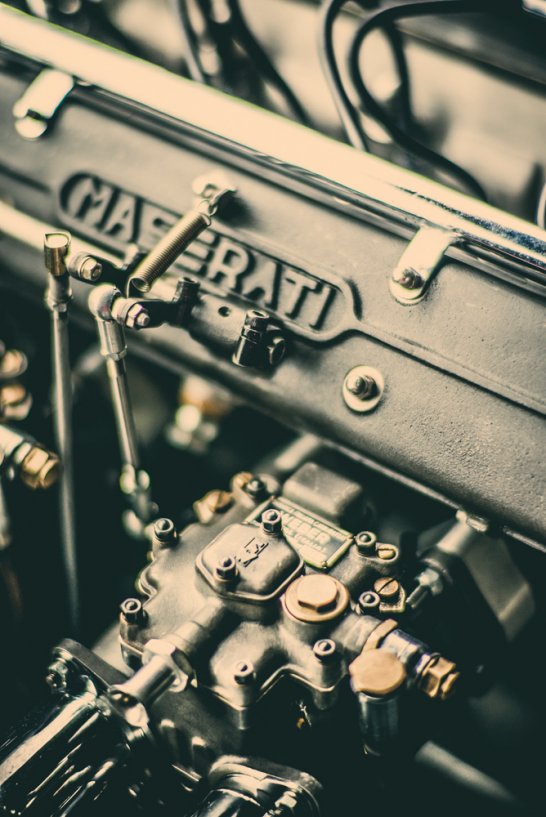

Unfortunately the 250S proved uncompetitive in Europe and the two original cars were promptly sent to America where, despite a lack of high-quality road racing, there was an abundance of oil-rich millionaires only too happy to spend their time competing in the new and exciting scene.
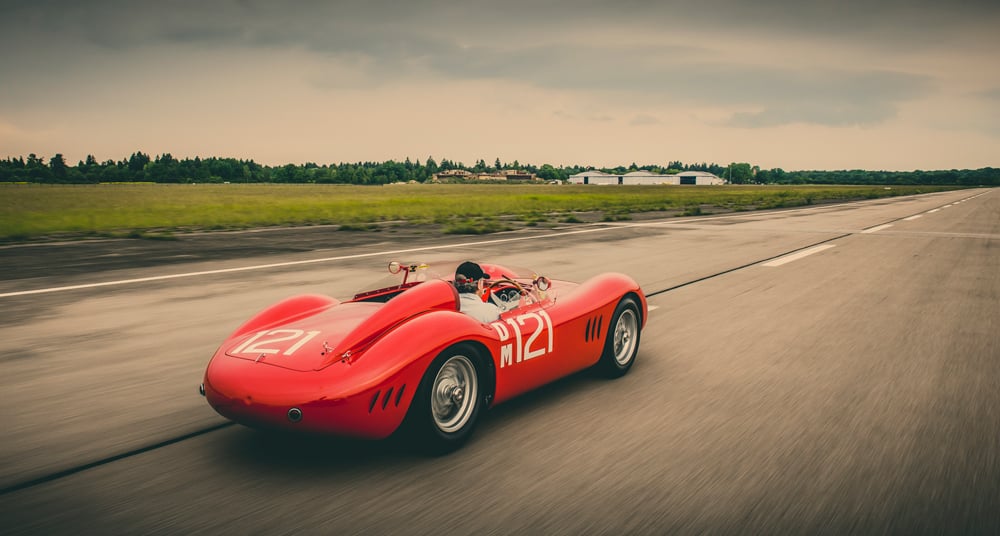
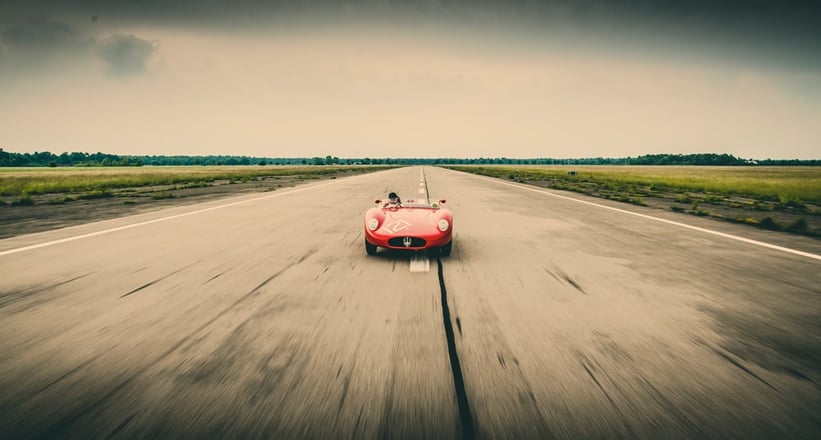
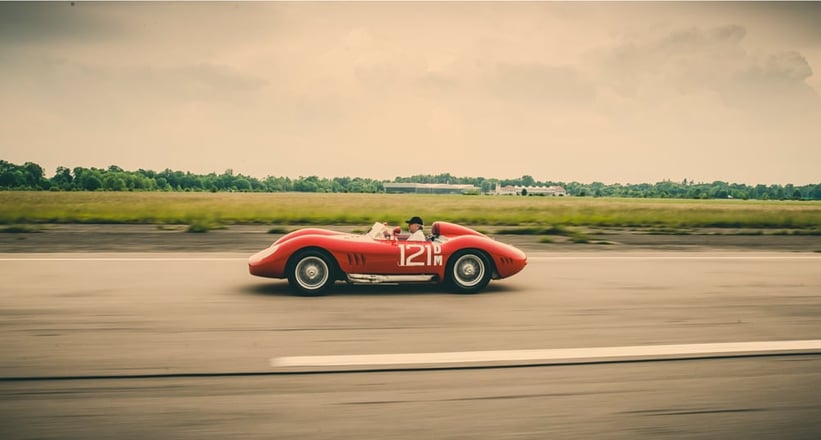
None other than Carroll Shelby was an official Maserati importer for the United States, and the pair of 250Ss – chassis 2431 (the car shown here) and 2432 – were sold to him by the factory. Across the U.S., both Shelby and the innovative American designer Jim Hall raced chassis 2431 successfully at airfields that doubled up as road-racing courses.
The racing years with oil tycoon and playboy Bobby Aylward
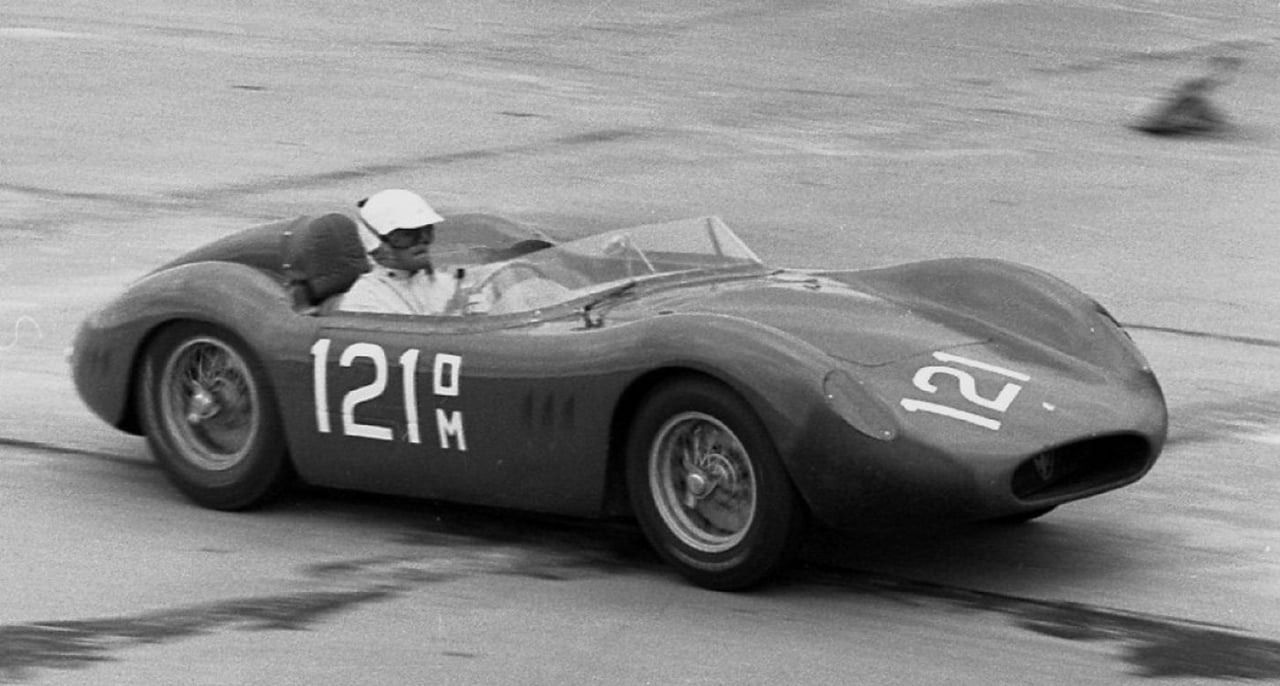
In mid-1958, chassis 2431 was bought by Bobby Aylward, the Kansas oil millionaire and gun collector, who continued to race the car with reasonable success. With its synchronised transmission, the 250S was said to be easier to drive yet just as quick as the rival Ferrari – “A Mondial makes a good driver look bad. A 250S makes a bad driver look cool,” it was said. As documented in historical images, the ambitious racing playboy never started without either the number 21 or 121 adorning his Maserati’s bodywork, and he often placed in the front ranks.
From Le Mans to Pebble Beach
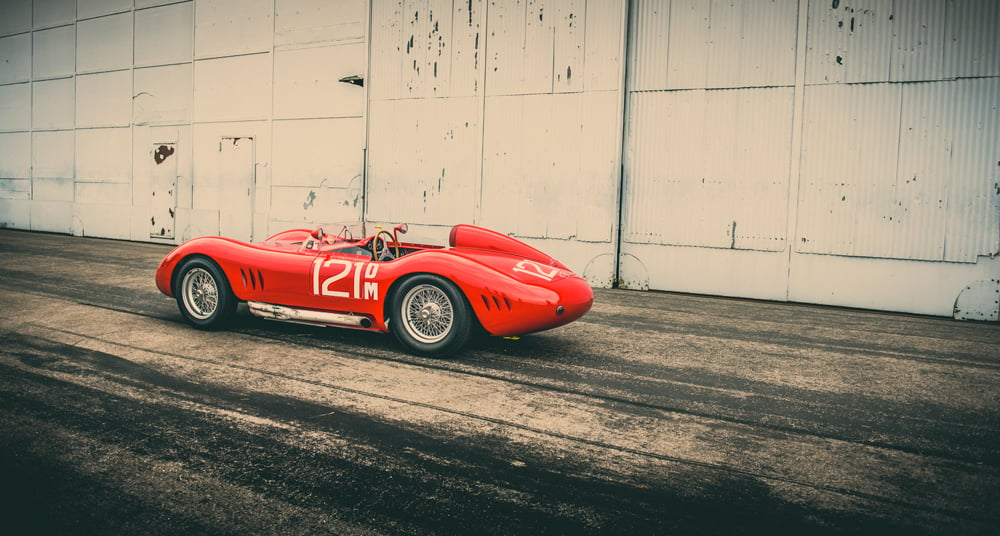
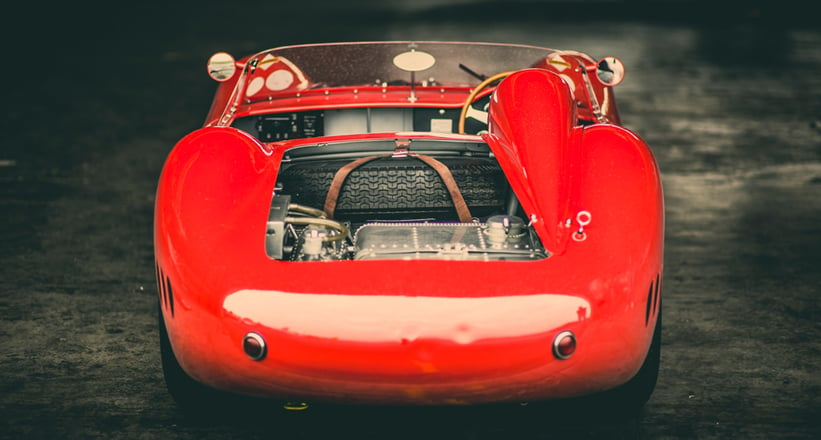
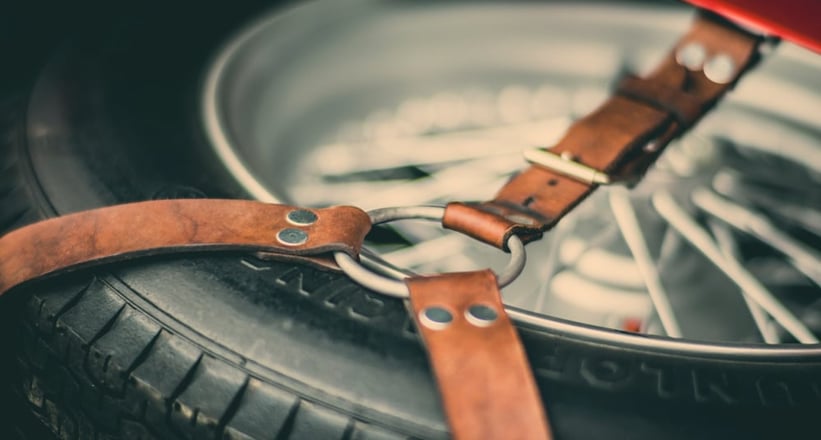
After several years on the taxiways between Texas, Oklahoma and Kansas, chassis 2431 ended up in the legendary Rosso Bianco Collection, where it remained for 30 years. Today, the 250S is back in private hands and, thanks to a fastidious frame-off restoration conducted with the assistance of previous owner Dr. Wolf Zwiefler, looks resplendent in its period Aylward racing scheme. It is now one of the very few four-cylinder Maseratis with its original body and desirable matching numbers. Those wishing to see the sensational car first-hand have two opportunities to do so: at the Le Mans Classic, where the car will be raced against other cars of its period, and at Pebble Beach, where it will be displayed as one of 10 Maserati ‘legends’ gathered to celebrate the Trident’s centenary.
Photos: Stefan Bogner for Classic Driver © 2014
